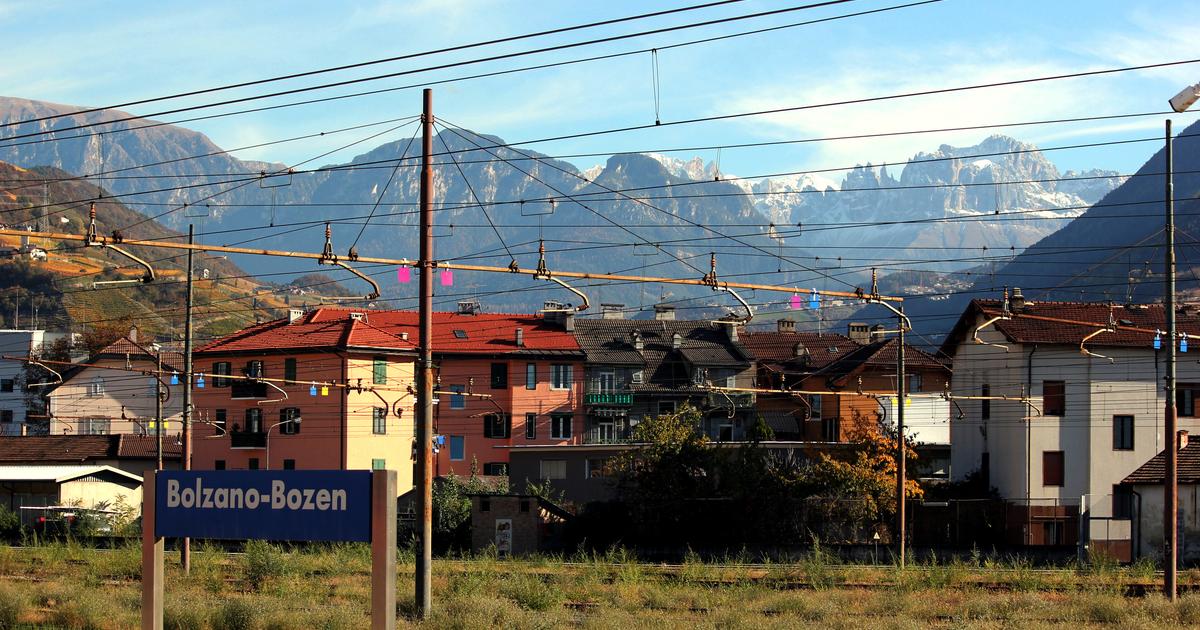Enlarge image
Section of the Lhasa-Nyingchi train connection
Photo: Visual China Group / Getty Images
The route runs over the so-called "roof of the world" - and that is no exaggeration.
About 90 percent of the more than 400 kilometers long new railway line between Tibet's capital Lhasa and the city of Nyingchi runs at an altitude of 3,000 meters above sea level or more.
China has now put the high mountain connection into operation.
According to the US news broadcaster CNN, the effort involved was immense: the construction of the route cost the equivalent of $ 5.6 billion.
47 tunnels and 121 bridges had to be built, making up three quarters of the entire route.
This includes the more than 500-meter-long Zangmu Railway Bridge, which is considered the largest arched bridge of its kind in the world.
Strategic prestige project
Because of the considerable height of the route, the trains are also equipped with special technology: This includes an oxygen supply system.
To protect against the high UV exposure, the windows are covered with special glass.
The line is set to become part of China's growing network of high-speed trains - and is of strategic importance.
By 2035, its scope is to almost double to a total length of 70,000 kilometers and connect all major cities with one another.
The expansion of the railroad is part of President Xi Jinping's plan to "integrate the huge national market," CNN quotes scientist Olivia Cheung from the University of London's China Institute.
China's “Fuxing” high-speed trains reach a speed of 350 on many sections of the route. In Tibet's high mountains, however, it will be different.
The average speed will be around 160 kilometers per hour.
Tibet lies on a plateau between 3600 and 5200 meters high and is therefore also called the "roof of the world".
From the 15th century on, the Buddhist kingdom developed into a monastic state with the Dalai Lama as head and Lhasa as the capital.
In 1950, China invaded Tibet.
Since then, Beijing has pursued a ruthless policy of assimilation directed against Tibet's language and culture.
trembling







